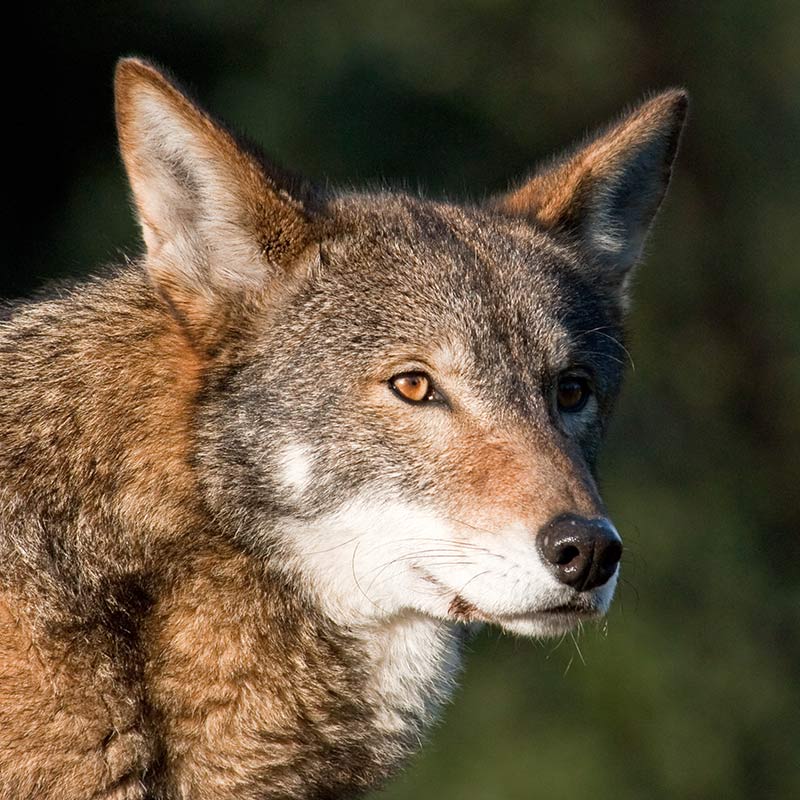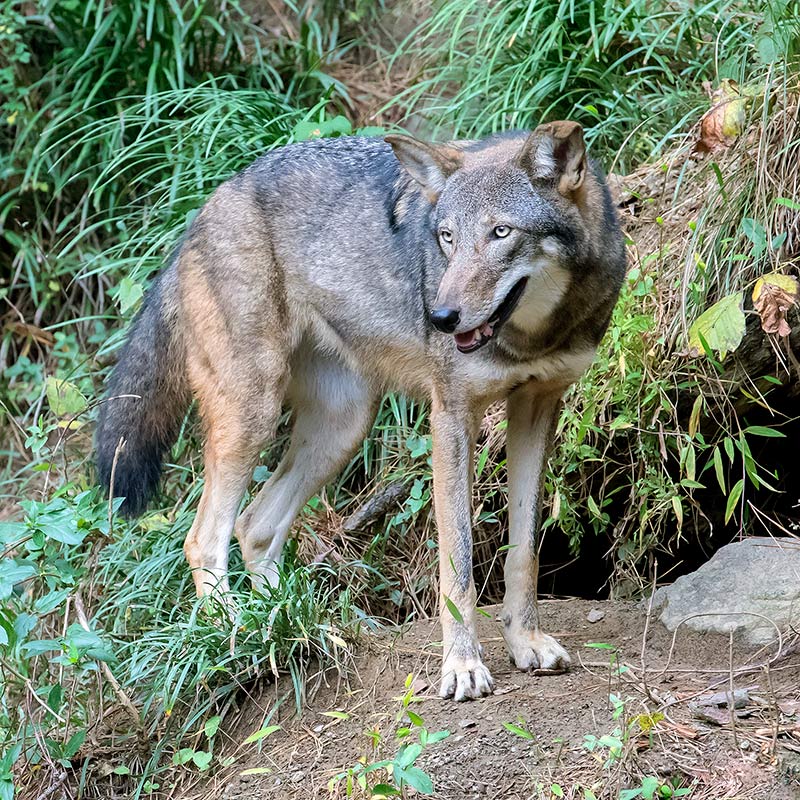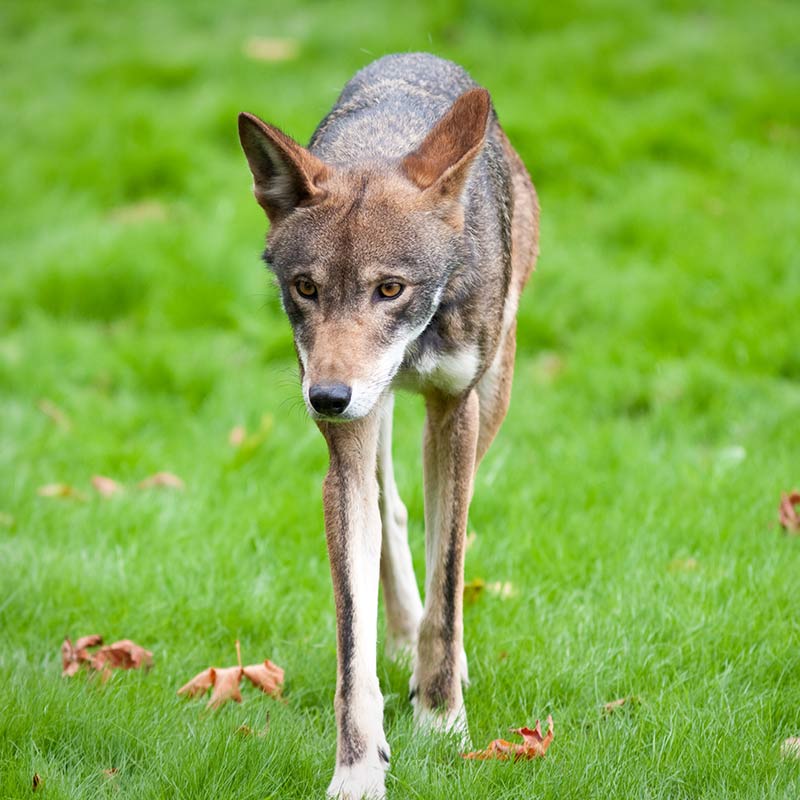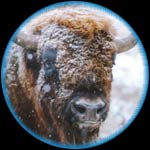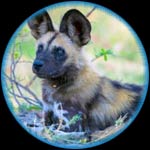RED WOLVES LEFT
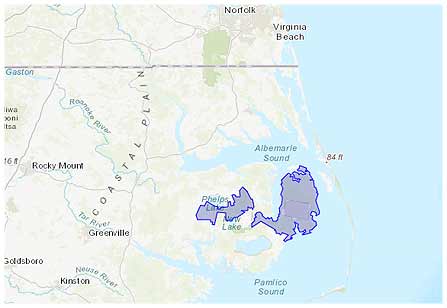
APPROXIMATELY 15 RED WOLVES REMAIN
 IN THE 1980s THERE WERE APPROXIMATELY 400 RED WOLVES IN THE WILD
IN THE 1980s THERE WERE APPROXIMATELY 400 RED WOLVES IN THE WILD
 STRONGHOLDS: THE RED WOLF CAN BE FOUND ONLY IN EASTERN NORTH CAROLINA, IN ALLIGATOR RIVER & POCOSIN LAKES NATIONAL WILDLIFE REFUGES
STRONGHOLDS: THE RED WOLF CAN BE FOUND ONLY IN EASTERN NORTH CAROLINA, IN ALLIGATOR RIVER & POCOSIN LAKES NATIONAL WILDLIFE REFUGES
 THE RED WOLF IS CLASSIFIED AS CRITICALLY ENDANGERED ON THE IUCN RED LIST
THE RED WOLF IS CLASSIFIED AS CRITICALLY ENDANGERED ON THE IUCN RED LIST
RED WOLF FACTS
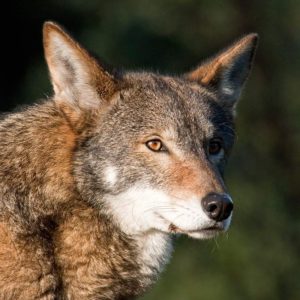
The Red Wolf is the world’s most endangered of the species classified as ‘canids’ (dogs, wolves, coyotes, foxes, jackals, dingoes, and many other canine-like mammals). At one time, it was believed that the Red Wolf was a genetic mix of the grey wolf and coyote, although this was widely debated. Their coat consists of cinnamon-red fur with grey and black highlights. Their back is darker and their tail is usually black. Red Wolves are smaller and more slender than their cousins and have longer legs and shorter fur. Males are typically larger than females.
They usually travels in packs consisting of five to eight individuals, including a breeding pair and their offspring, who are called ‘pups’ or ‘whelps’. The Red Wolf mates for life. Adult females give birth to between 5 – 6 pups in a single litter, following a 60-day gestation period.
RED WOLF HABITATS
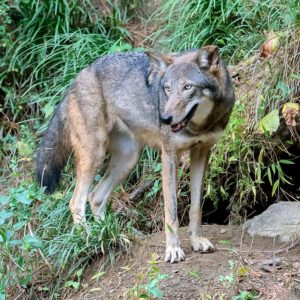 It is believed that, at one time, they lived as far north as Ontario, CA. To the south their range extended as far as the Gulf Coasts. They roamed as far as central Texas to the west. More recently, they ranged throughout the southeastern United States. Population declined drastically during the 20th Century and they were declared extinct in the wild in 1980. This was when the last wild Red Wolf was taken into captivity to begin a captive breeding program.
It is believed that, at one time, they lived as far north as Ontario, CA. To the south their range extended as far as the Gulf Coasts. They roamed as far as central Texas to the west. More recently, they ranged throughout the southeastern United States. Population declined drastically during the 20th Century and they were declared extinct in the wild in 1980. This was when the last wild Red Wolf was taken into captivity to begin a captive breeding program.
RED WOLF THREATS
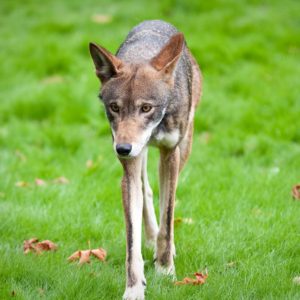 The population of Red Wolves declined as a result of habitat loss when woodlands were cleared to make room for agriculture. They have also been victims of predator-control programs, in which they were extensively trapped and destroyed because they were considered a threat to livestock and game. Coyotes and poachers are also a threat to Red Wolves. The survival of the species is further threatened by interbreeding with other, closely related, species like the coyote.
The population of Red Wolves declined as a result of habitat loss when woodlands were cleared to make room for agriculture. They have also been victims of predator-control programs, in which they were extensively trapped and destroyed because they were considered a threat to livestock and game. Coyotes and poachers are also a threat to Red Wolves. The survival of the species is further threatened by interbreeding with other, closely related, species like the coyote.
Once declared extinct in the wild, steps to save this deteriorating species began in 1967. Four pairs of Red Wolves were re-introduced into the North Carolina wild in 1987, but this did not prove successful. Between 1992 and 1998 a second attempt was made in Great Smoky Mountains National Park in Tennessee. This attempt was cancelled due to the Red Wolves failure to establish territories within the park. Extremely low pup survival, caused by diseases from domestic dogs, was another reason for the failure. Today only about 15 Red Wolves remain. In March 2019, a government study confirmed that Red Wolves are a separate species and worthy of protection.




